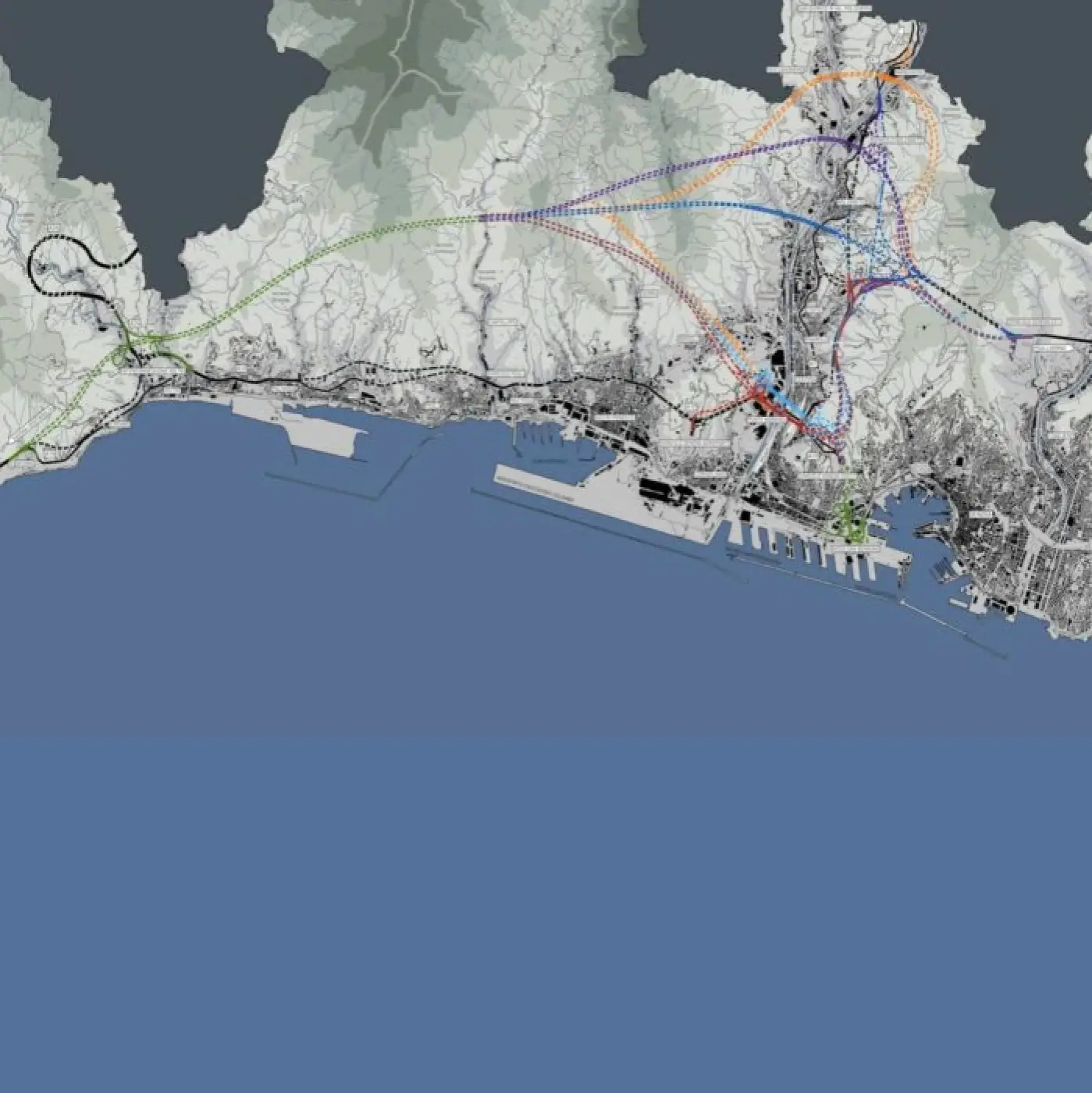
Gronda di Genova
A strategic work for our Country, an international engineering challenge

The Gronda di Genova project was thoroughly discussed with the local authorities and the citizens of Genoa. This included the adoption of the Public Debate model in 2009, during which the best design solution was chosen out of 5 different alternatives presented. After finalising the route and optimising the project based on the feedback from the Public Debate, the basic design and related approval process were initiated.


Crossing upstream of the confluence of the Secca and Polcevera Streams.
Crossing at the fruit and vegetable market.
Crossing at Begato, considerably oriented according to the Val Torbella
Crossing coinciding with the Design incorporated in the Protocol dated 26 February 2006 and delivered to the Grantor.